
- How to leverage discounts to sell products and services
-
Metrics to track the performance of your discount campaigns
-
How to improve your discount marketing strategy
-
The psychology of discounts
And more!
Understanding the Psychology Behind Discounts
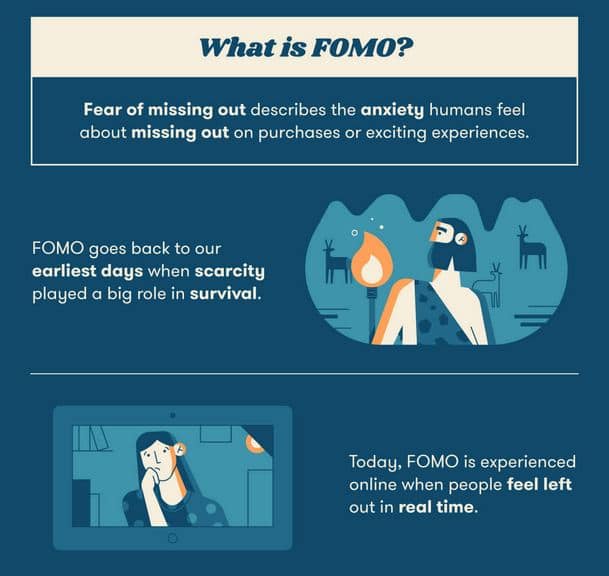
Advantages of Discounts
Giving discounts to customers can help to grow your business if used right. Let’s look at the main ways they can benefit you.
More Sales – Good deals make people buy more. A holiday sale or coupon often leads to a spike in sales during that time.
Get New Customers – First-timer discounts get new people to try your product. A promo code for their first purchase builds awareness.
Keep Customers Coming Back – Special deals for loyal shoppers make them feel happy and valued. They will keep buying from you.
Spread the Word – Discounts get shared a lot online and by word of mouth. More people learn about your brand.
Sell Old Stuff – Clearance or seasonal sales help sell leftover inventory so you can refresh items.
Bigger Orders – Free shipping or buy more save more discounts drive up the average order value.
Stay Competitive – Discounts help small businesses compete with giants. Promos level the playing field.
The big idea is to use discounts strategically as a way to tell your brand story. Make them work for you and make customers happy.
Types of Discounts
Businesses have many discount types to choose from when crafting promotions. The strategy is finding the right discount offer that aligns with your goals and audience. Let’s explore some popular options.
Seasonal Discounts
Flash Sales
Flash sales are short 24 – 48 hour promotions featuring deep discounts. The limited time nature spurs customers’ desire to make a purchase. They create some form of buzz around your business.
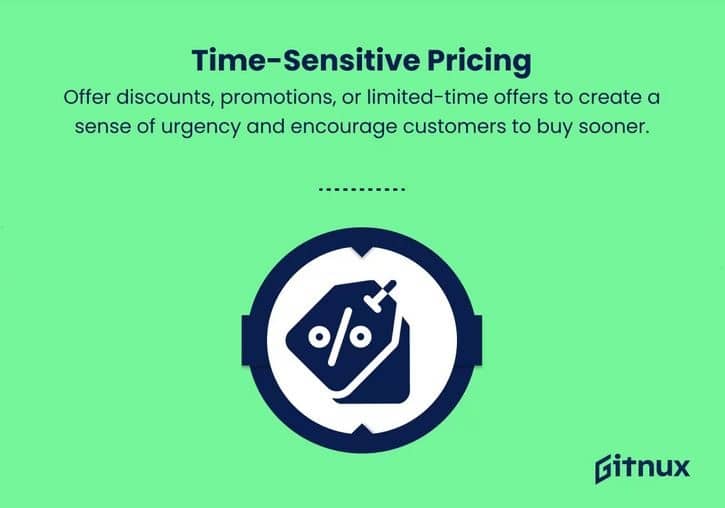
Source: gitnux.com
My friend Paul once offered 50% off one of his best-selling e-commerce products for 24 hours. The result: traffic and sales spiked. Flash discounts work!
New Customer and Sign-Up Discounts
Percentage Off Discounts
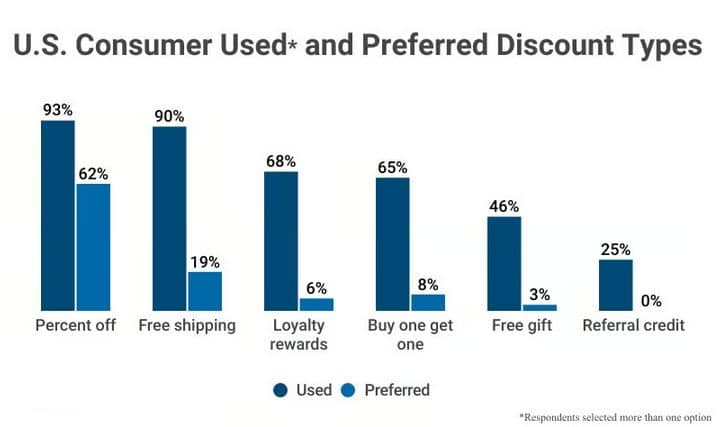
Clearance or Closeout Discounts
-
50-75% off last season’s designs to make room for new arrivals
-
Reduced prices on holiday goods after peak demand passes
-
Promotions to sell refurbished, open box, or gently used products
-
Blowout events to liquidate discontinued product lines
Quantity Discounts
Loyalty Rewards Discounts
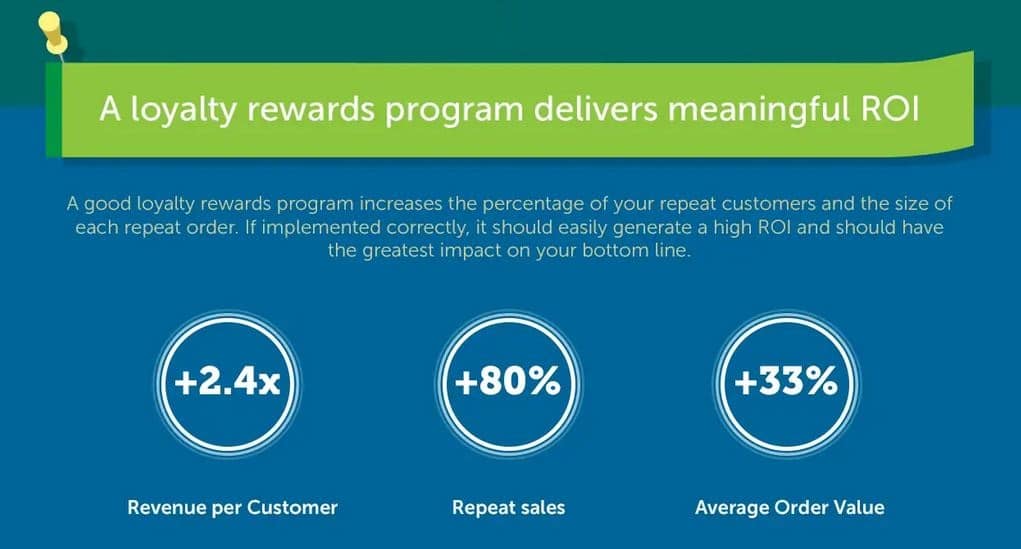
-
Points or tiered structures where more spending earns greater rewards
-
Referral and affiliate bonuses that incentivize customer advocacy
-
VIP access, early sales, or free gifts for top-tier loyalty members
-
Birthday, anniversary, or milestone coupons to delight repeat purchasers
Shipping/Delivery Discounts
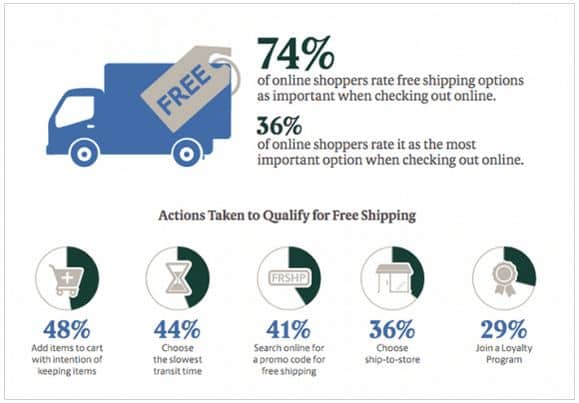
Common promotional shipping offers include:
- Free shipping over a minimum order value
- Free expedited shipping for joining a membership program
- Flat discounted shipping rates under a threshold
- Free returns to reduce risk and friction
Free or discounted shipping is a smart promotional strategy. Just ensure the marginal profit merits the cost.
Buy One, Get One Free (BOGO) Discounts
Buy one, get one free (BOGO) deals offer a free item when customers purchase a product. For example, buy one pizza, get one free.
BOGOs make the discount feel bigger. Getting something for “free” is more exciting than 50% off.
BOGOs work well for:
- Consumable products people replenish like food, beauty items, household goods
- Products often purchased in multiples like apparel, shoes, accessories
The free extra item motivates customers to buy more from you.
The key is ensuring the margin on the first paid unit covers your costs on both items. Avoid giving away too much.
Time BOGOs around peak demand for targeted products. Set purchase requirements on higher-margin items.
Test different BOGO deals and measure results. Track metrics like additional units sold and repeat purchase rates after the promotion.
When used right, BOGOs drive incremental sales. But they can also condition customers to only buy with a deal.
Leveraging Discounts for Products and Services
Discounts are a handy tool to promote your products and services. Here are some smart ways to use them.
- Give new customers 15% off or a coupon for their very first order from you. This gets people to try your business out. If they like it, they’ll return and pay full price next time.
- Have special deals during slower sales times or seasons. A back-to-school clothes sale in August brings in shoppers. Holiday discounts drive sales in December.
- Email promo codes and coupons to people on your mailing list. Remind people about your company and offer them a reason to buy again.
- Start a rewards program for repeat buyers. Give points, gifts, or discounts to regulars who spend big bucks. Make your best customers feel special.
- Post discounts and sales on your social media feeds. More potential shoppers see them and visit your site.
- Run flash sales that are super short for like 24 or 48 hours. The ticking clock pressures people to buy quickly and don’t miss out.
- Reward people for writing reviews with a discount code. Happy customers are motivated to leave reviews to help others.
- When releasing new products, put old ones on sale. Clears out space for new inventory.
The big idea is to know your customers. Use discounts that excite them based on who they are and what they want. Track results to see what tactic works best.

Source: fastercapital.com
Don’t just hand out random discounts without a smart plan behind it. Make sure the deals help your business sell more and keep loyal fans happy over the long haul.
How to Improve Your Discount Marketing Strategy
-
Use data to offer deals based on what each customer buys
-
Give new buyers, loyal fans, or at-risk shoppers discounts that make them happy
-
Promote discounts across all channels – email, social media, print ads, in-store displays, etc.
-
Keep the look and wording consistent wherever you promote discounts
-
Partner with people who have big followings to extend your reach
-
Make leaving a review or referral a requirement to get the full discount
-
Remind shoppers of what they saved with your deal
-
Try fun ways like games or quizzes to give discounts
-
Check data on what discounts work best
-
Change up targeting, messages, and deals to get better
-
Keep making tweaks as you learn more
Measuring the Success of Discount Marketing
Smart marketers make efforts to track the effectiveness of discount campaigns to make them better. They look at:
Key Metrics
- Sales during discounts vs. regular times
- Profit made after discount costs
- New and repeat customers from deals
- Percent of promo codes used
- Website traffic, social media, email stats
Break the data into parts like audience, channel, and product. Find ways to improve.
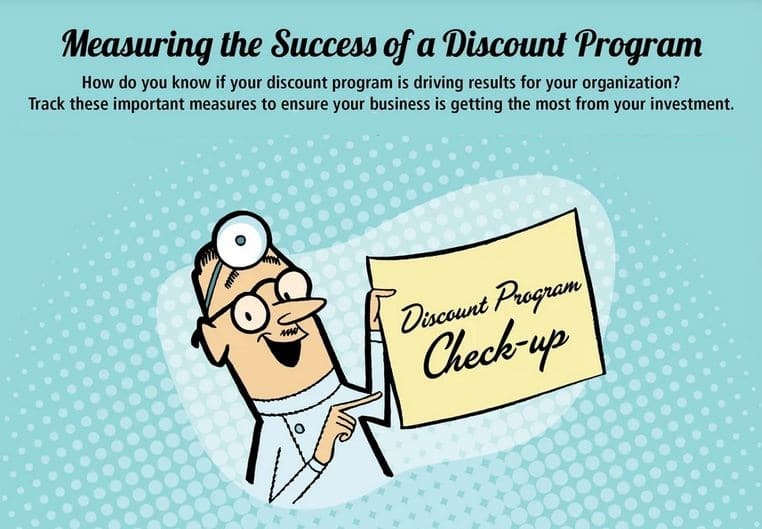
Source: accessdevelopment.com
A/B Testing and Experimentation
Test different variables like:
- Discount amounts
- Target groups
- Timing and limits
- Message wording
- Discounted items
See which version performs better. Keep tweaking based on what works.
Customer Feedback
Look at surveys and reviews too. They give context to the numbers. See what people say about your discounts.
Keep measuring and testing different discount strategies to build on what you learn. Small changes compound over time.
Using Coupons and Discount Codes as a Discount Marketing Tactic
A Capterra survey indicates that lacking a promotional coupon prevented 78% of online shoppers from making a purchase they initially intended to complete.
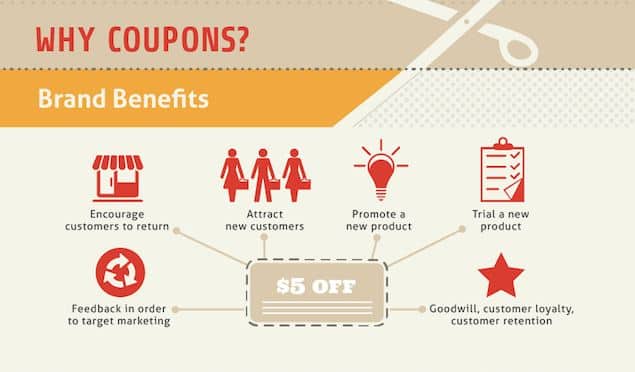
Source: brightmindmarketing.com
Coupons and codes are popular marketing tactics brands use to offer a discount. Let’s discuss them briefly.
Coupons can be printed on paper or accessed on mobile devices. They give savings for in-store or at events. You can target coupons for certain products, places, and times. Unique codes let you track purchases.
Coupons can bring back old customers with a deal. The physical coupon feels more valuable. Sites like Groupon make it easy to create custom coupon promotions.
Discount codes work online. They give discounts when people check out on your site. Codes are easy to share by email, social media, affiliates, etc. You can make personalized codes using CRM data.
The codes automatically apply discounts on e-commerce platforms. Discount codes are cheaper and simpler to use than print coupons. Examples are Shopify and WooCommerce. They allow the making of customized discount codes.
Mailchimp integrates codes into email campaigns. LiketoKnow.It creates shareable influencer codes. AppSumo has temporary codes for product launches.
The bottom line is that coupons and codes remain key discount tactics because they are trackable, flexible, and scalable.
Discount Pricing Strategy Examples
Companies offer discounts to sell more and keep customers happy. Let’s look at how some big brands do it.
- Zappos gives loyalty members free, fast shipping, and surprise gifts. This makes buyers feel special, so they buy again.
- MailChimp lets people try their service free forever. They currently offer 50% off for the first 12 months, so people want to buy or upgrade from the free plan.
- Gilt sells designer clothes from last season at super low prices for a short time only. This makes shoppers excited to get them before they are gone.
- Glossier says they only have a limited amount of hot new products left. This makes shoppers fear missing out, so they buy quickly.
- ClassPass lets you try their classes for free for a month. After people get used to it, they don’t care as much about discounts anymore.
- Blue Apron gives free shipping if your order is big enough. People order more to get free shipping.
The big idea is to use discounts to match your business goals and customers. Make them work together.
Ethical Considerations in Discount Marketing

Source: wisepops.com
When offering discounts, marketers must be transparent and ethical. Here are some key points to note on that:
Be Clear and Honest
Explain discount terms plainly. Don’t hide key details. If supplies are limited, say how many. Note any extra steps to get the lower price.
Tell people if a subscription follows a discounted trial. Include how to cancel. Earning trust means full transparency.
Protect Data Privacy
Only gather customer data needed for transactions and personalized promos. Never sell or share data without consent.
Limit employee access to sensitive info like emails. Have security to guard data. Don’t buy shady contact lists.
Sustainable Discounting
Avoid training buyers to only purchase with deep discounts. This hurts products and brands over time.
Seek profitable growth, not a race to the bottom on price. The best marketing sustains companies and customers long-term.
Conclusion
Your discount campaigns can be more effective when you power them with highly targeted social media ads. You need to put your discount offers right in the face of your existing and target customers. And in good time to get them prepared to buy.
At AdvertiseMint, we can do that for you using our paid social media ads services.
You can accomplish your sales goals and increase ROI with our services. We have the expertise, experience, and results.
Want to grow sales and scale your business?
Give our ads services a try today!
